

Articles
How To Store Paperback Books
Modified: March 18, 2024
Learn the best ways to store and preserve your paperback books with our informative articles. Keep your collection in great condition for years to come.
(Many of the links in this article redirect to a specific reviewed product. Your purchase of these products through affiliate links helps to generate commission for Storables.com, at no extra cost. Learn more)
Introduction
Welcome to the world of paperback books! Whether you are an avid reader or a collector of literary treasures, knowing how to properly store your paperback books is essential to keep them in pristine condition for years to come. Paperback books are a popular choice due to their affordability, portability, and wide range of genres available. However, if not stored correctly, they are prone to damage from factors such as sunlight, humidity, and improper handling.
In this article, we will guide you through the process of properly storing your paperback books to maintain their longevity and readability. We will cover everything from choosing the right storage location to organizing them effectively on your shelf. So, let’s dive in and make sure your beloved paperback books stay in great shape!
Key Takeaways:
- Properly storing paperback books involves choosing the right location, cleaning and preparing the storage space, arranging books effectively, and protecting them from damage. These steps ensure longevity and readability of your beloved collection.
- Long-term storage of paperback books requires additional measures such as using acid-free archival boxes, wrapping books in tissue paper, and storing them in a climate-controlled environment. Regular inspection and proper ventilation are crucial for preserving their condition.
Read more: How To Store Books In Attic
Choosing the Right Storage Location
When it comes to storing your paperback books, the first step is to select an appropriate storage location. Here are some factors to consider:
- Avoid direct sunlight: Sunlight can cause fading and damage to the covers and pages of your books. Choose a storage location away from windows or use window coverings to block the sunlight.
- Maintain a stable temperature: Extreme temperature fluctuations can be detrimental to your books. Ideally, select a location with a consistent temperature, avoiding areas prone to high levels of heat or cold, such as attics or basements.
- Control humidity: High humidity can cause mold and mildew growth, which can irreversibly damage your books. Aim for a humidity level of around 40-50%. Use a dehumidifier or air conditioner to regulate humidity if necessary.
- Keep away from moisture sources: Avoid storing your books near sources of moisture, such as pipes, plumbing fixtures, or areas prone to leaks. Even small amounts of moisture can lead to mold growth and paper damage.
- Consider shelving: It’s best to store your paperback books on sturdy, adjustable shelves. Make sure the shelving is made of material that won’t warp or damage the books, such as solid wood or metal. Avoid storing books directly on the floor or in contact with damp surfaces.
By considering these factors and selecting a suitable storage location, you can ensure that your paperback books are protected from environmental damage.
Cleaning and Preparing the Shelf or Storage Space
Before you start arranging your paperback books on the shelf, it’s essential to clean and prepare the storage space to provide an optimal environment for your books. Follow these steps:
- Remove any dust or debris: Use a soft, dry cloth or a feather duster to gently remove any dust or debris from the shelf. Be thorough and make sure to clean both the top and bottom surfaces. Avoid using cleaning sprays or chemicals that may leave residues or damage the books.
- Check for any signs of pests: Inspect the storage space for any signs of pests, such as booklice or silverfish. These insects can cause damage to books. If you notice any signs of infestation, take appropriate measures to eliminate the pests before placing your books on the shelf.
- Consider adding bookends: To keep your books upright and prevent them from falling over, consider using bookends. Bookends come in various materials and designs, so choose ones that are sturdy and complement your aesthetic preferences.
- Provide adequate spacing: Ensure that you have enough space between books to prevent tight squeezing, which can lead to damage. Leave some room for air circulation to minimize the risk of moisture buildup and mold growth.
- Consider using acid-free book covers: For added protection, you may consider using acid-free book covers to shield your paperback books from dust, light, and other potential sources of damage. These covers can help preserve the condition of your books over time.
By investing a little time in cleaning and preparing the shelf or storage space, you create a clean and suitable environment for your paperback books. This will ensure that your books remain in excellent condition for years to come.
Arranging the Books on the Shelf
Now that you have a clean and prepared shelf or storage space, it’s time to arrange your paperback books in a way that is both visually appealing and practical. Follow these tips for effective book arrangement:
- Sort books by genre, author, or theme: Decide on the organizing principle that works best for you. You can arrange books by genre, such as fiction, non-fiction, or by author’s last name. Alternatively, you can group books by theme, such as mystery, romance, or science fiction.
- Consider height and size: Arrange books in a way that creates a visually balanced look. You can alternate between placing larger and smaller books on the shelf or organize them by height, with the tallest books at the ends and gradually decreasing in height towards the center.
- Utilize book series: If you have a collection of books from a particular series, it’s best to keep them together on the shelf. This makes it easier to locate and read the series in chronological order.
- Create a focal point: Showcase your favorite books or a special collection by placing them front and center on the shelf. This creates a focal point and adds visual interest to your bookshelf.
- Leave room for growth: If you’re an avid reader and anticipate expanding your collection, make sure to leave some room on the shelf for future additions. This prevents overcrowding and allows for easy organization.
Remember that there is no right or wrong way to arrange your books. The key is to find a system that works for you, making it easy to locate and enjoy your books. Experiment with different arrangements until you find one that suits your preferences.
Store paperback books in a cool, dry place away from direct sunlight to prevent fading and damage. Use bookends to keep them upright and avoid placing heavy objects on top of them.
Protecting Paperback Books from Damage
Paperback books may be more vulnerable to damage compared to hardcover books due to their flexible covers and thinner pages. By taking proper precautions, you can protect your paperback books from common sources of damage. Here are some tips:
- Handle books with clean hands: Before touching your books, make sure your hands are clean and dry. Avoid using hand creams or lotions that can leave residue on the pages. Oils and dirt from your hands can transfer to the books and cause staining or discoloration over time.
- Use a bookmark: Instead of dog-earing the pages, which can permanently damage them, use a bookmark to hold your place. This helps to preserve the integrity of the pages and prevents creasing.
- Avoid excessive bending or folding: Be gentle when opening and closing paperback books to avoid excessive bending or folding of the covers and pages. This ensures that the books retain their shape and structural integrity.
- Protect against moisture: Moisture is the enemy of books. Keep your books away from areas prone to moisture or humidity, such as bathrooms or kitchens. If your books do get wet, gently blot any excess moisture with absorbent paper and allow them to air dry completely.
- Store books upright: Always store your paperback books in an upright position. When books are laid flat or at an angle, it can cause strain on the spine and result in damage over time. Storing them upright maintains the proper shape and prevents unnecessary wear and tear.
- Protect from sunlight: Exposure to direct sunlight can cause fading and damage to the covers and pages of your paperback books. Consider using UV film on windows or placing your books in shaded areas to protect them from harmful sun rays.
- Keep away from food and drinks: Accidents happen, but it’s important to keep your books away from food and drinks to prevent spills and stains. If you do have a mishap, immediately blot any liquid with a clean cloth or paper towel to minimize damage.
By following these guidelines, you can protect your paperback books from common sources of damage and ensure their longevity. Taking a few extra steps to care for your books will greatly enhance your reading experience and allow you to enjoy them for years to come.
Read more: How To Store Books In A Garage
Organizing Paperback Books
Organizing your paperback books not only makes it easier to find a specific book but also adds a visually pleasing element to your bookshelf. Here are some tips to help you effectively organize your collection:
- Choose an organizing system: Determine the organizing system that works best for you. You can arrange books alphabetically by author name, by genre, or even by color. Consider your personal preferences and how you most often search for books.
- Create book sections: Divide your bookshelf into sections based on your chosen organizing system. You can use bookends, decorative objects, or even empty spaces to create distinct sections for different categories or genres.
- Label your sections: If you choose an organizing system that is not immediately obvious, consider labeling each section. This makes it easier for you and others to find specific books within your collection.
- Group books by author: If you have a particular affinity for certain authors or enjoy reading books by the same author, consider grouping books by the author’s last name. This allows for easy access to all books by a specific author.
- Consider genre-based organization: Sorting books by genre can be helpful if you enjoy a wide range of genres or prefer to select books based on your mood. Group books together by genre, such as fiction, non-fiction, mystery, romance, science fiction, and so on.
- Utilize series organization: If you have a collection of books from a specific series, it’s best to keep them together. Displaying them in order makes it convenient to read the series sequentially and maintains the overall continuity.
- Adjust as your collection grows: As your book collection expands, be flexible in your organization. Periodically reevaluate and rearrange your books to accommodate new additions and ensure a balanced and visually appealing display.
Remember, there is no right or wrong way to organize your paperback books. Find a system that resonates with you and allows for easy navigation through your collection. Organizing your books not only enhances accessibility but also adds a touch of personalization to your bookshelf.
Tips for Long-Term Storage
If you need to store your paperback books for an extended period, whether due to limited space or the need to preserve valuable editions, it’s crucial to take additional measures to protect them. Here are some tips for long-term storage:
- Use acid-free archival boxes: Consider investing in acid-free archival boxes to store your books. These boxes are designed to provide a protective environment, shielding your books from dust, light, and moisture. Make sure the boxes are of an appropriate size to prevent overcrowding and damage.
- Wrap books in acid-free tissue paper: For added protection, individually wrap your paperback books in acid-free tissue paper before placing them in storage boxes. This helps prevent pages from sticking together and minimizes the risk of damage caused by contact with other materials.
- Store in a climate-controlled environment: Temperature and humidity fluctuations can wreak havoc on your books over time. If possible, store your books in a climate-controlled environment, such as a temperature-regulated storage unit or a section of your home with stable conditions.
- Avoid basements and attics: Basements and attics are more prone to fluctuations in temperature, humidity, and water damage. Avoid storing your books in these areas as it can lead to mold growth, pest infestation, or damage to the paper and bindings.
- Keep books upright: Just like for regular shelf storage, store your paperback books upright in storage boxes to maintain their shape. Avoid stacking too many books on top of each other, as excessive weight can lead to deformation or damage.
- Inspect periodically: Regularly check on your stored paperback books to ensure they remain in good condition. Look for signs of mold, pests, or any other potential issues that may require immediate attention.
- Maintain proper ventilation: Adequate airflow is essential to prevent the buildup of musty odors and to help regulate humidity levels. Avoid storing books in tightly sealed containers or areas lacking proper ventilation.
By following these tips, you can safeguard your paperback books during long-term storage, ensuring that they remain well-preserved and ready to be enjoyed whenever you retrieve them.
Conclusion
Properly storing your paperback books is essential for preserving their condition and ensuring they can be enjoyed for years to come. By following the tips and guidelines outlined in this article, you can protect your beloved books from damage and maintain their readability. From selecting the right storage location to organizing and protecting your books, every step plays a crucial role in preserving the quality and longevity of your paperback collection.
Remember to choose a suitable storage location that is away from direct sunlight, has a stable temperature, and maintains optimal humidity levels. Cleaning and preparing the shelf or storage space ensures a clean and suitable environment for your paperback books. When arranging the books on the shelf, consider sorting them by genre, author, or theme, and create a visually appealing display.
Protecting your paperback books from damage requires handling them with clean hands, using bookmarks instead of dog-earing pages, and protecting them from moisture and sunlight. Additionally, organizing your books in a way that works for you – whether by author, genre, or series – simplifies the process of finding and enjoying your favorite titles.
For long-term storage, consider investing in acid-free archival boxes, individually wrapping books in acid-free tissue paper, and storing them in a climate-controlled environment. Regularly inspect your stored books to address any issues promptly, and ensure proper ventilation to prevent musty odors and humidity buildup.
By following these guidelines, you can maintain the pristine condition of your paperback books, protect them from common sources of damage, and create an organized and visually appealing book collection. So, go ahead and give your beloved paperback books the love and care they deserve, and indulge in the joy of reading whenever you pick them up from your perfectly stored and organized shelves.
Frequently Asked Questions about How To Store Paperback Books
Was this page helpful?
At Storables.com, we guarantee accurate and reliable information. Our content, validated by Expert Board Contributors, is crafted following stringent Editorial Policies. We're committed to providing you with well-researched, expert-backed insights for all your informational needs.



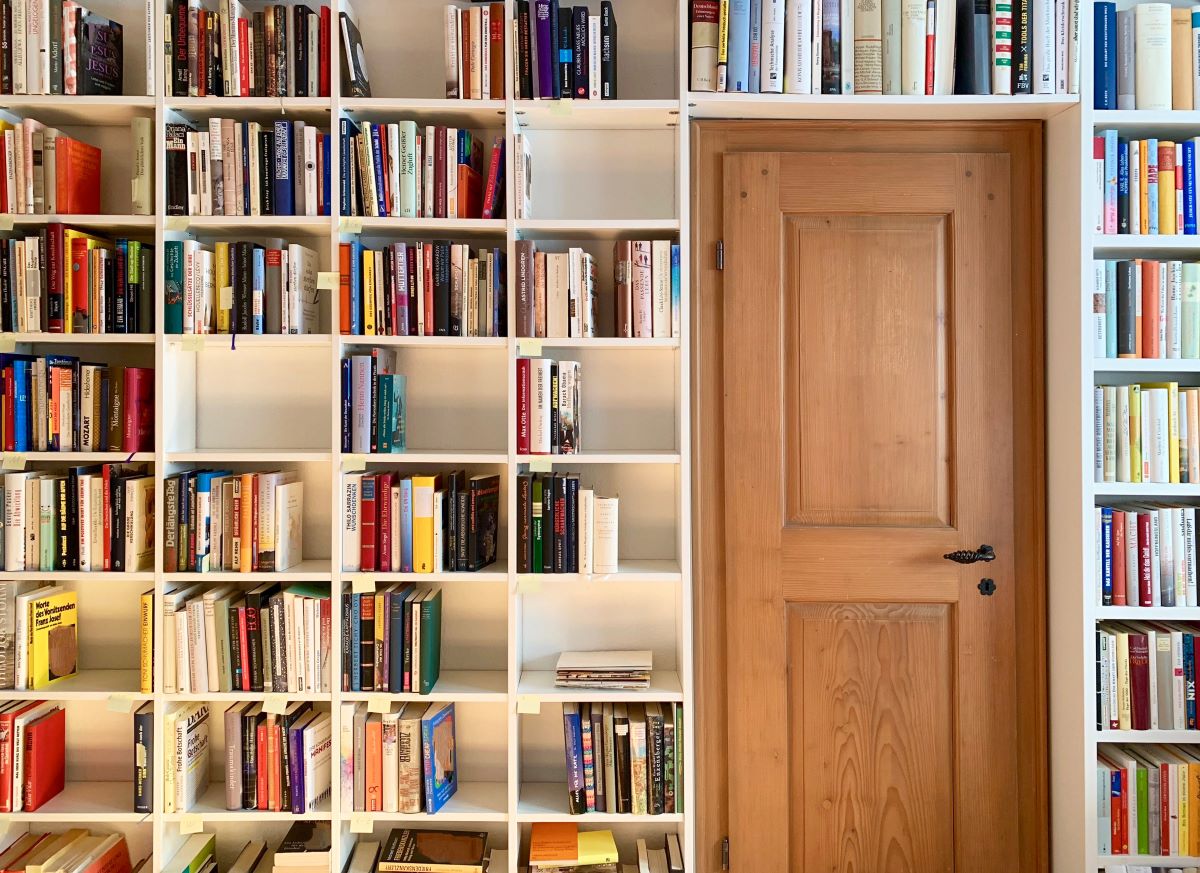


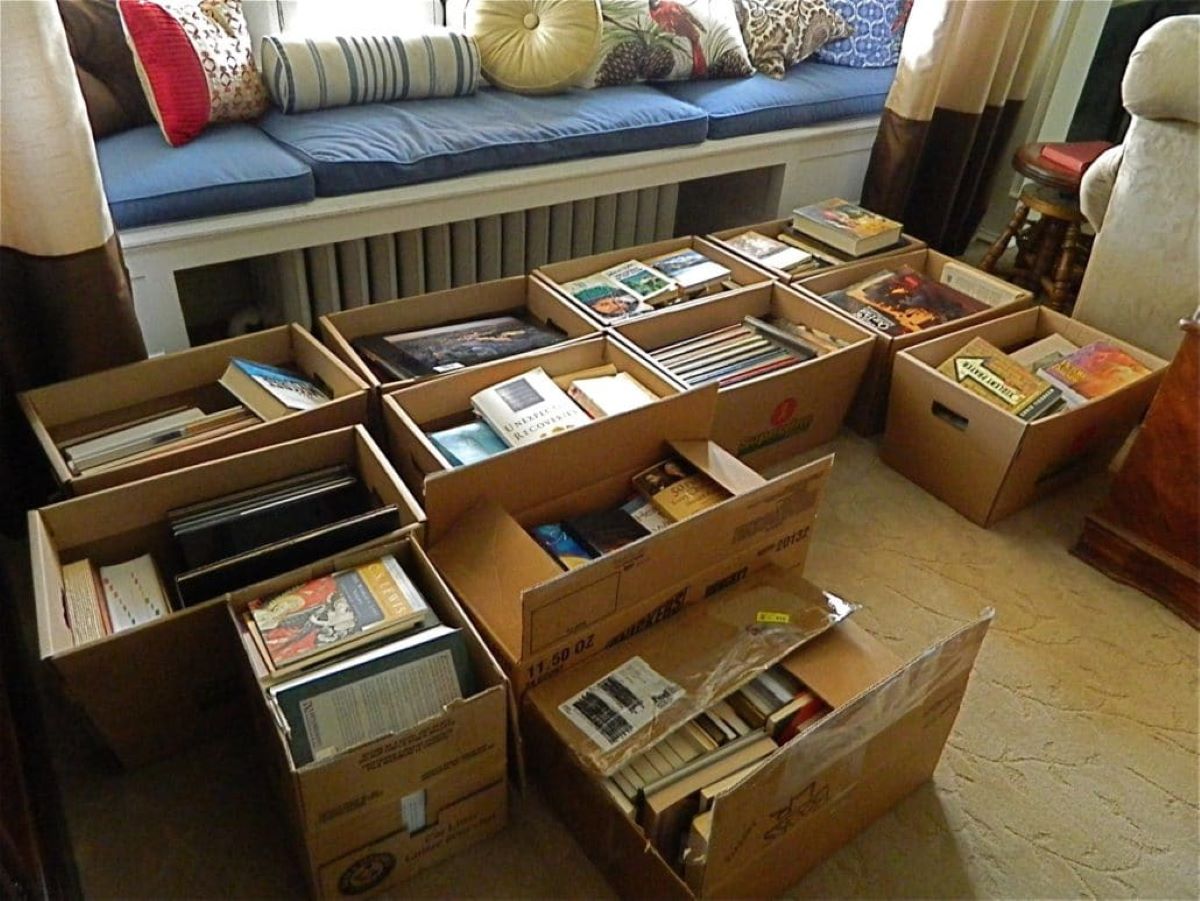

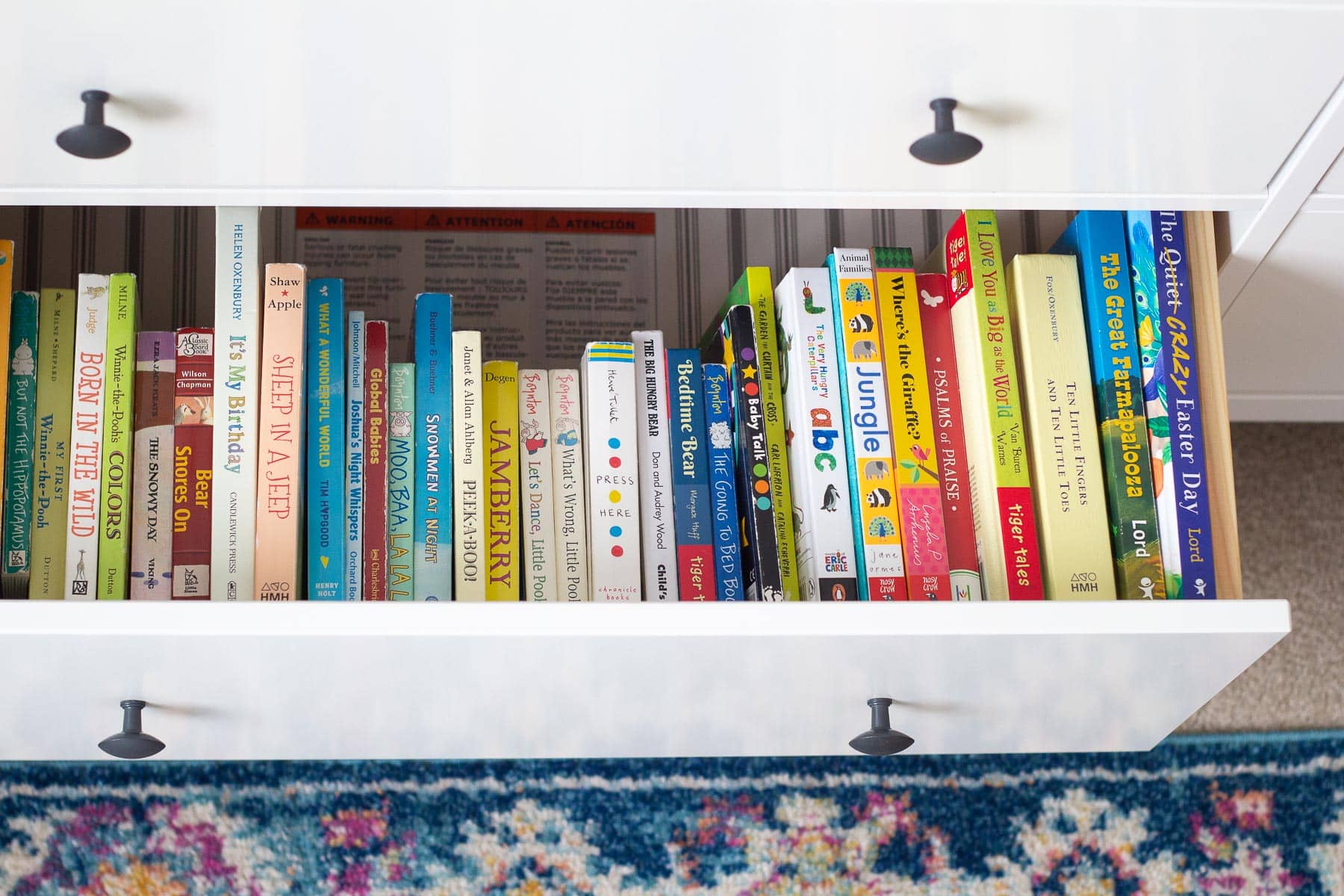


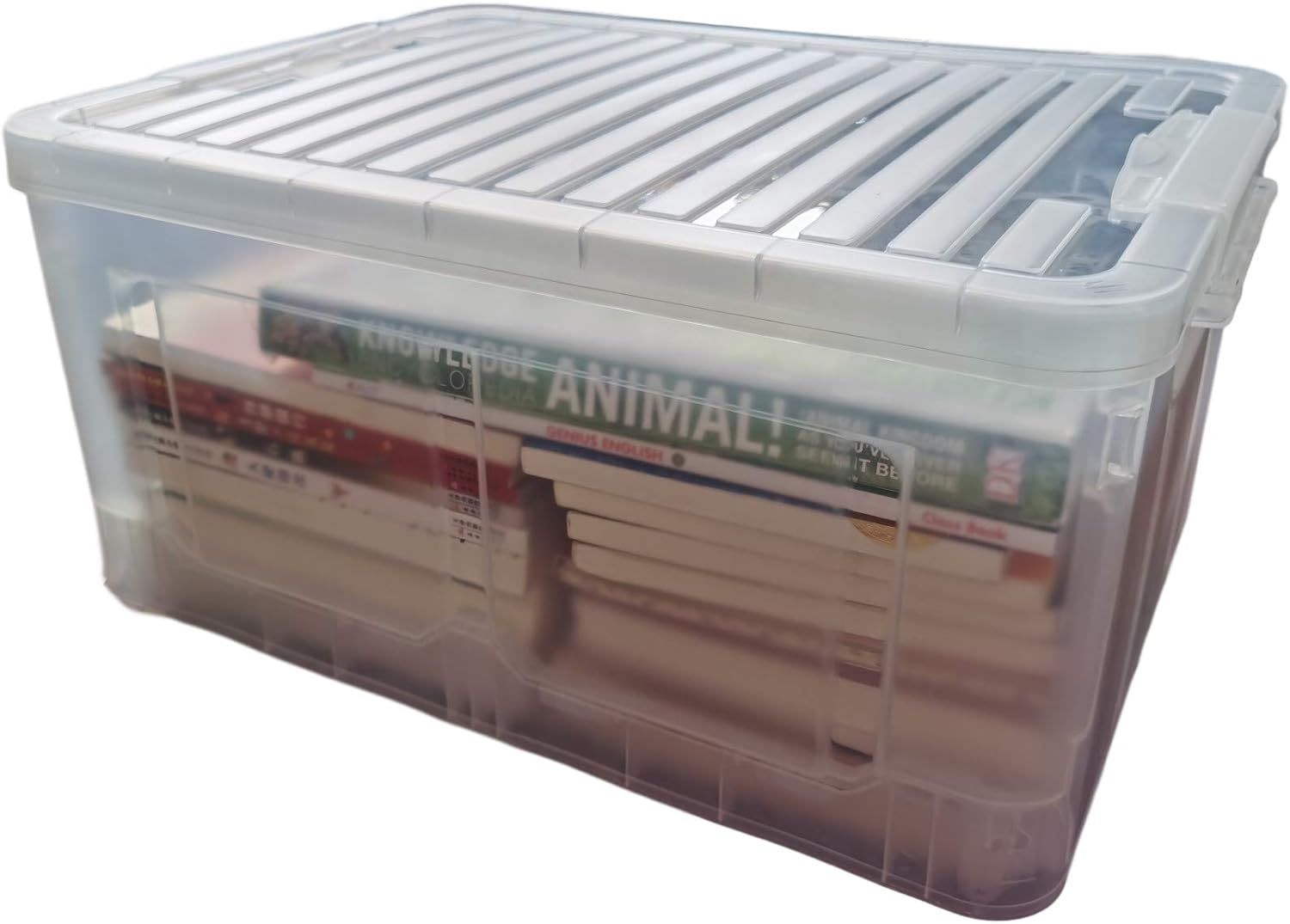
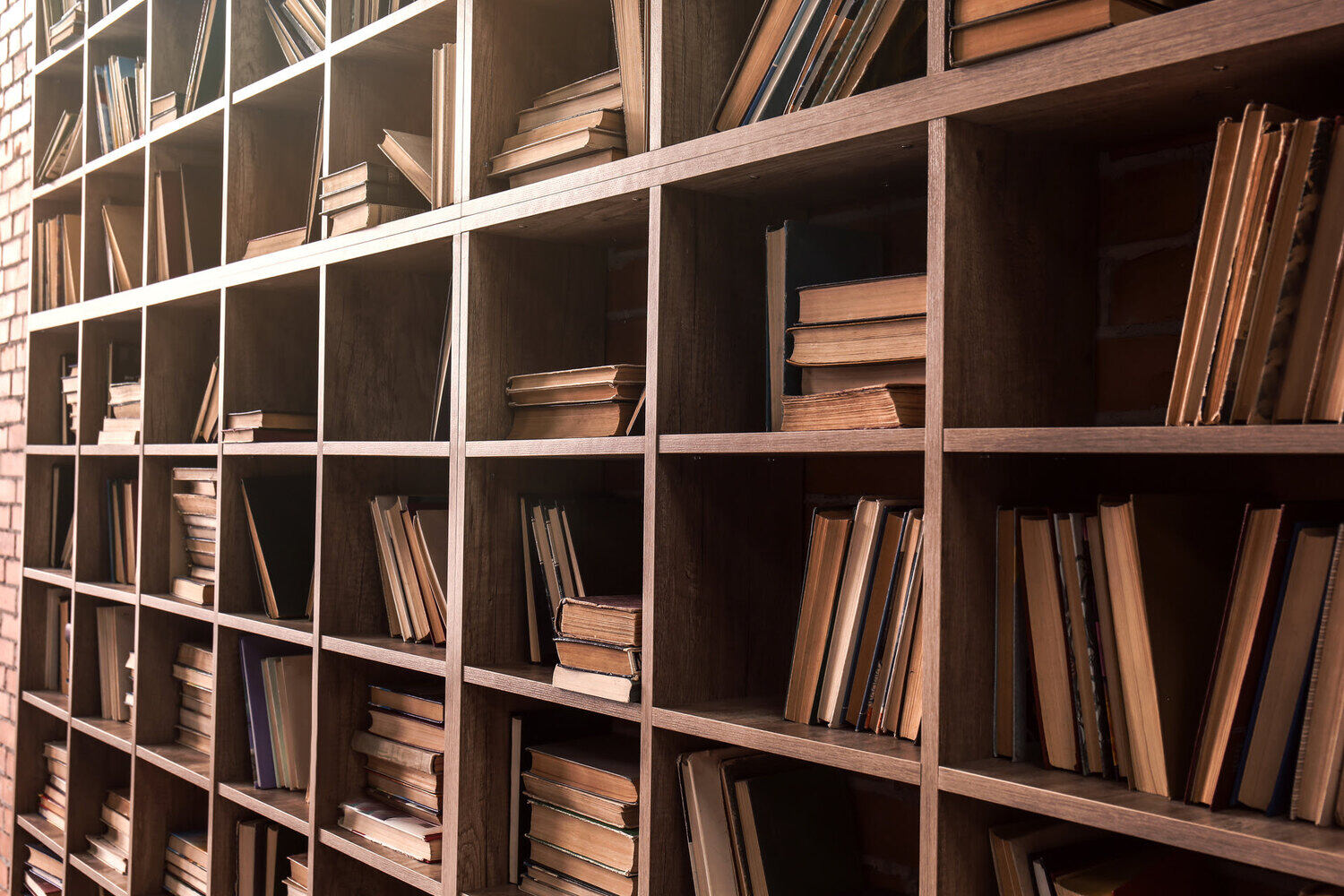


0 thoughts on “How To Store Paperback Books”